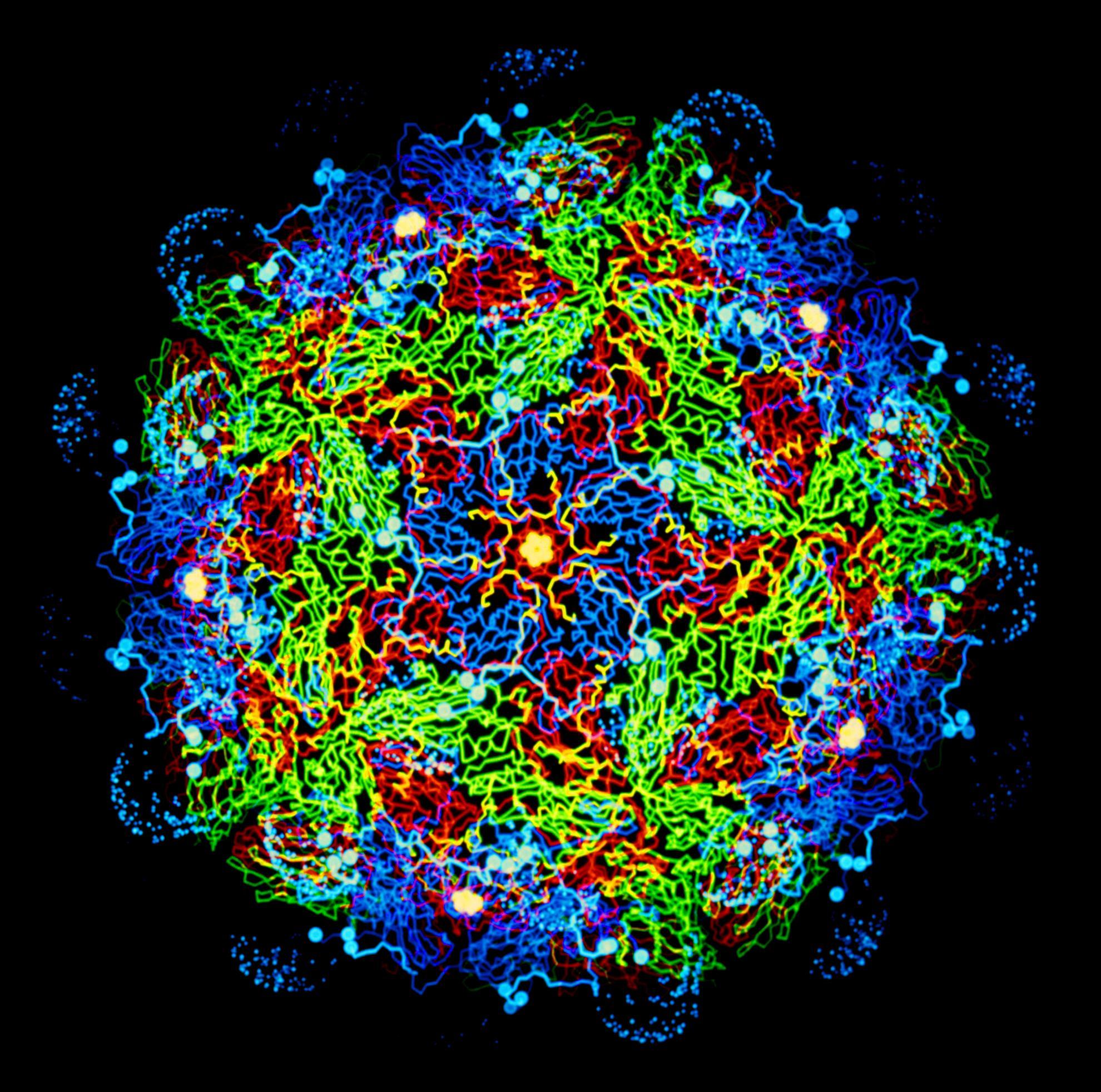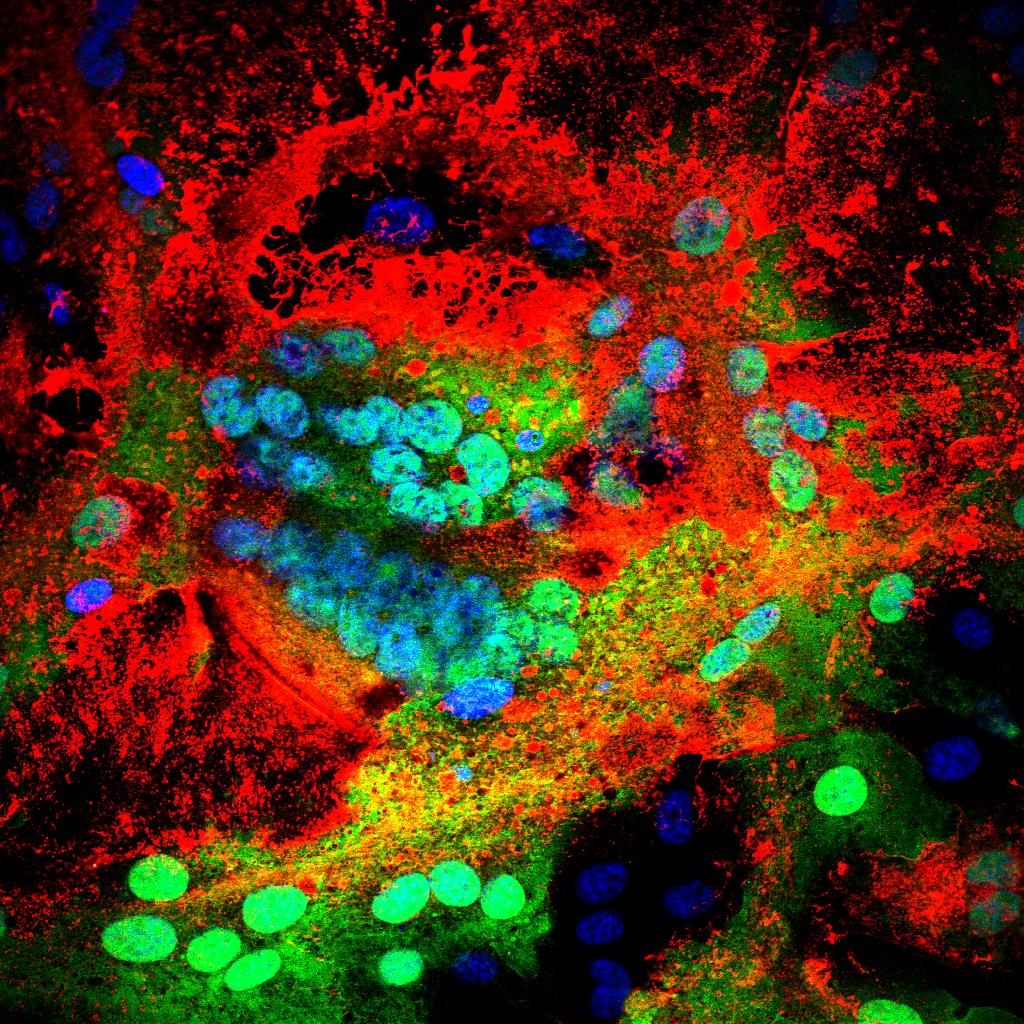Quantifying levels of peste des petits ruminants (PPR) virus in excretions from experimentally infected goats and its importance for nascent PPR eradication programme
Following the successful eradication of rinderpest, the World Organization of Animal Health (OIE) and the Food and Agriculture Organisation (FAO) have set a goal to globally eradicate Peste des petits ruminants (PPR) by 2030. To support the eradication programme we have quantified the levels of PPR virus (PPRV) nucleic acid excreted in body fluids (blood, feces, saliva, nasal and eye swabs) of PPRV-infected goats to ascertain which days post-infection animals are potentially infectious, and hence direct quarantine activities. The data will also indicate optimal sample strategies to assess presence of PPR infection in the naturally infected herd. Peak PPRV nucleic acid detection in different bodily fluids was between 5 and 10 days post-infection. As such, this period must be considered the most infectious period for contact transmission, although high viral load was observed through RNA detection in nasal excretions from two days post-infection until at least two weeks post-infection. Percentage sample positivity was low both in eye swabs and saliva samples during the early stage of infection although RNA was detected as late as two weeks post-infection. From the individual animal data, PPRV was detected later post-infection in fecal material than in other body fluids and the detection was intermittent. The results from this study indicate that nasal swabs are the most appropriate to sample when considering molecular diagnosis of PPRV.

